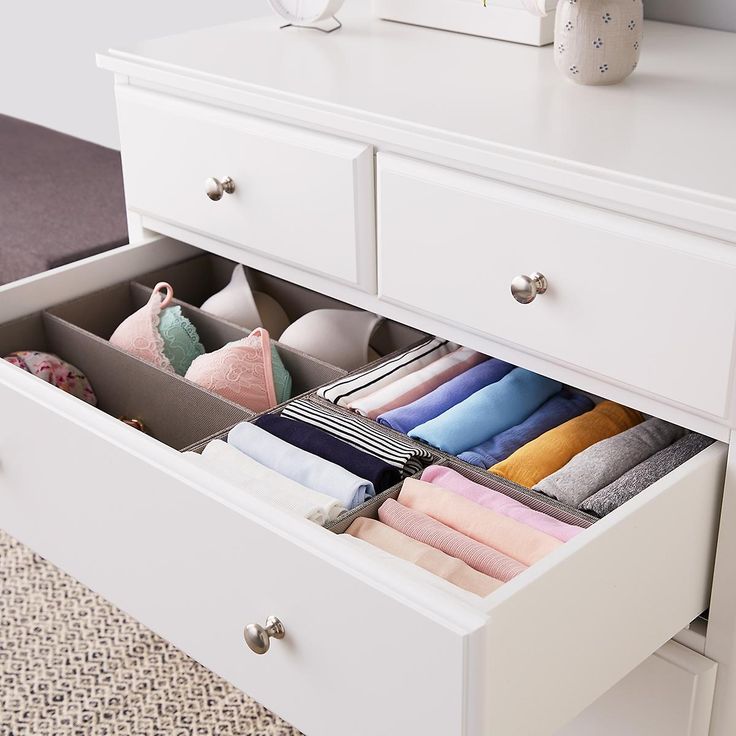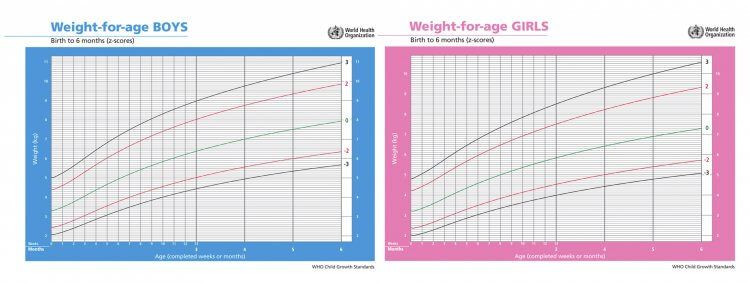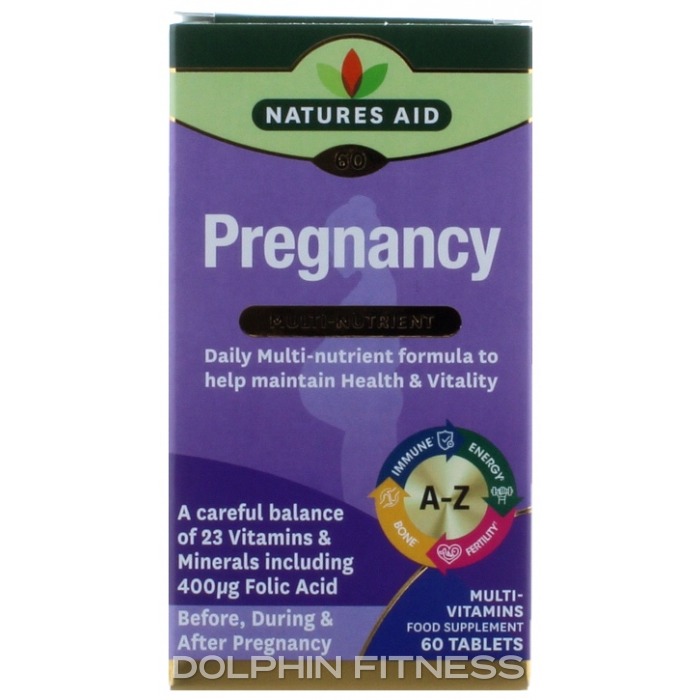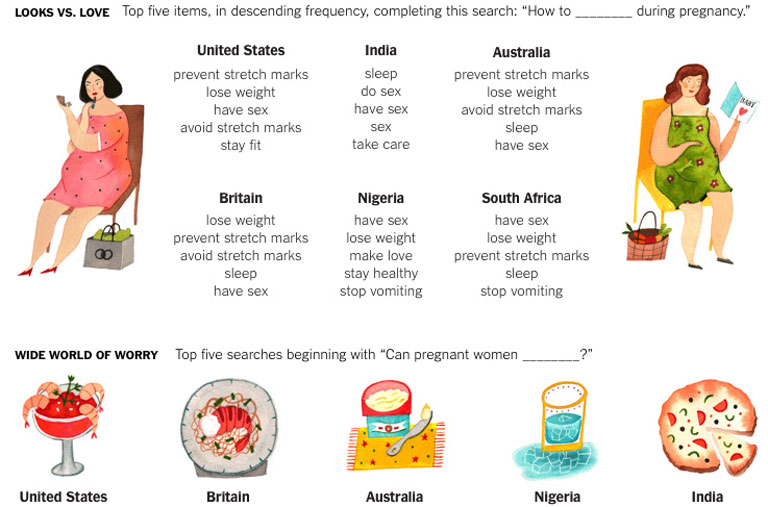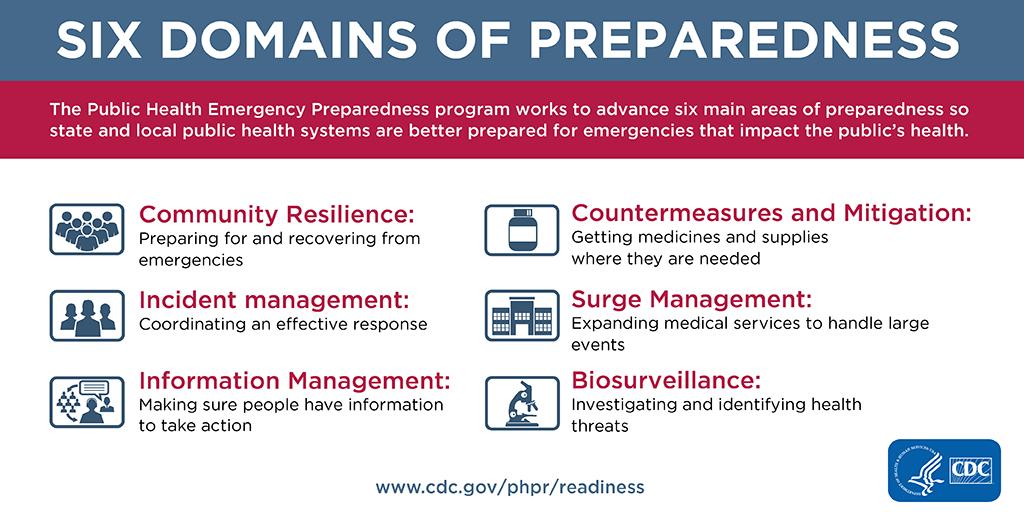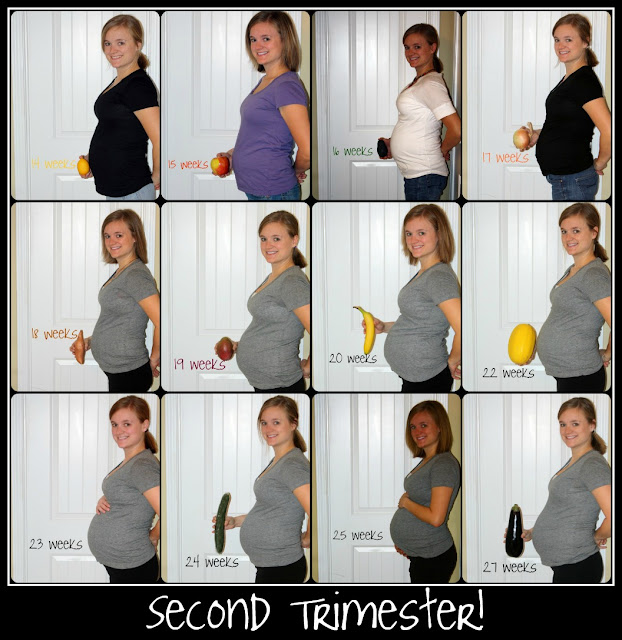How to child proof dresser drawers
How to Babyproof Your Cabinets and Drawers
Your home should be a haven for your children — but is it?
Whether you’re preparing for your first little one or already have a large brood to take care of, safety is always a concern. We know that ensuring your home is safe can feel daunting and even overwhelming.
Childproofing is one of the easiest ways to minimize potential hazards — and two of the most important furnishings to childproof are cabinets and drawers.
Let’s take a closer look at some of the methods and products you can use for childproofing your cabinets and drawers.
Table of Contents
- Beginning the Childproofing Process
- How To Childproof Drawers
- How To Childproof Cabinets
- Other Childproofing Tips
- Remember That Supervision is Essential
Beginning the Childproofing Process
Where should you begin your journey to plug every electrical socket and cushion in every corner?
I discuss childproofing during the 6-month baby wellness visit. I feel this is a good time because infants haven’t become very mobile yet, and it gives the parent about two to three months to prepare the home.
Editor's Note:
Dr. Leah Alexander, MD, FAAP
The best way to get a general start is to get down on your hands and knees and look at the world through a child’s eyes. Identify any potential hazards. Go through this process room by room.
When you’re down there, you might notice the appeal of drawer and cabinet handles — two of the most common parts of your house to childproof.
How To Childproof Drawers
At first glance, you may think the only danger of a drawer is what lies inside. However, drawers and the dressers that hold them have many risks.
Your child could potentially:
- Access dangerous objects, such as medication or knives.
- Close their fingers in the drawers.
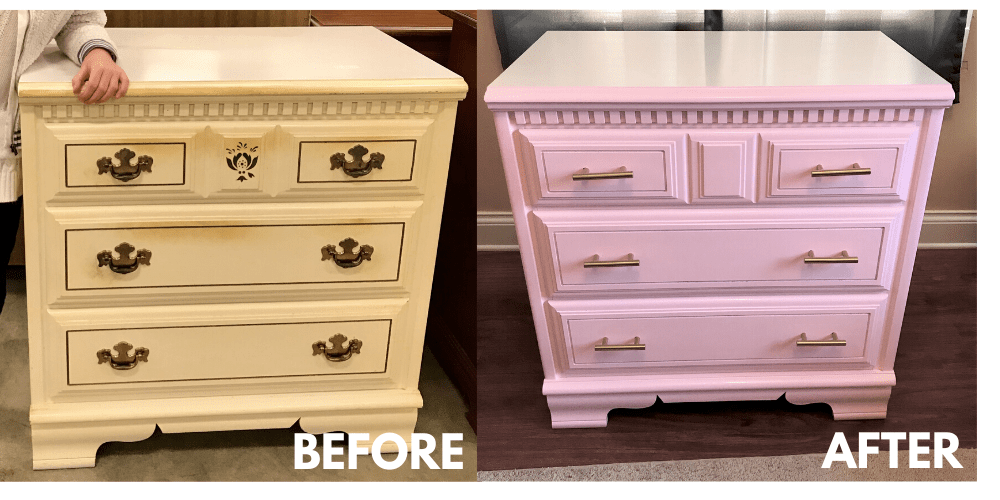
- Use the drawers as a ladder to climb up high.
- Pull a drawer out on themselves.
- Pull a free-standing dresser on top of them.
According to Safe Kids, a nonprofit organization dedicated to preventing injuries in children, “tip-over” injuries have increased 31% in the last decade, with over 12,000 visits to the emergency room reported (1).
How can you childproof your drawers and dressers? Here are six different ideas for you to implement, including a closer look at the many different products and options available.
1. Remove dangerous objects
As great as locks and guards are, children are wild! The older they get, the weaker your childproof-security system will likely become. The best option is to get rid of dangerous objects in the first place.
With children, a dangerous object can mean almost anything, but here are some of the most common household items to remove or place out of reach:
- Cutlery.
- Any pointed or sharp objects.
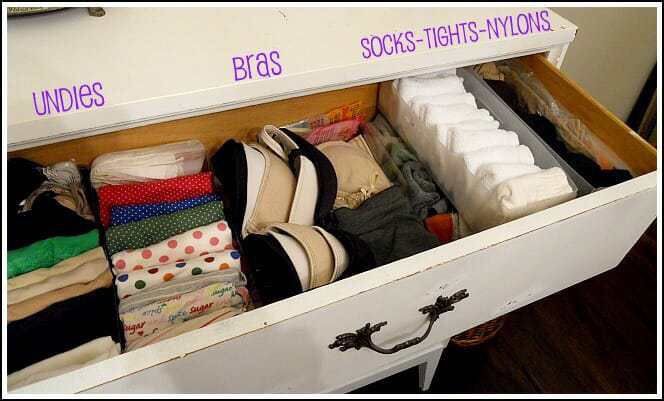
- Lighters.
- Medications.
- Cleaning supplies.
- Plastic bags.
- Batteries.
- Any potential choking hazard.
- Small electrical items such as flat irons.
Take all of these objects and any others you think are hazardous, and store them high up. Don’t rely solely on drawer locks. Also, it’s crucial that you store any firearms correctly and out of reach (2).
Pro Safety Tip
Use plastic Tupperware containers to store smaller objects. Not only will it add one more step between hazardous objects and your child, but it will help keep your drawers organized.
2. Use magnetic locks
The most popular way to childproof drawers is by using a lock. In recent years, magnetic locks have emerged as an effective solution to keeping your kitchen, bedroom, and bathroom drawers securely shut.
To use, you install a latch with a strong magnet inside the drawer, which prevents it from being opened.
When you place the companion magnet near the drawer, the latch is released, and you’re able to pull the drawer open.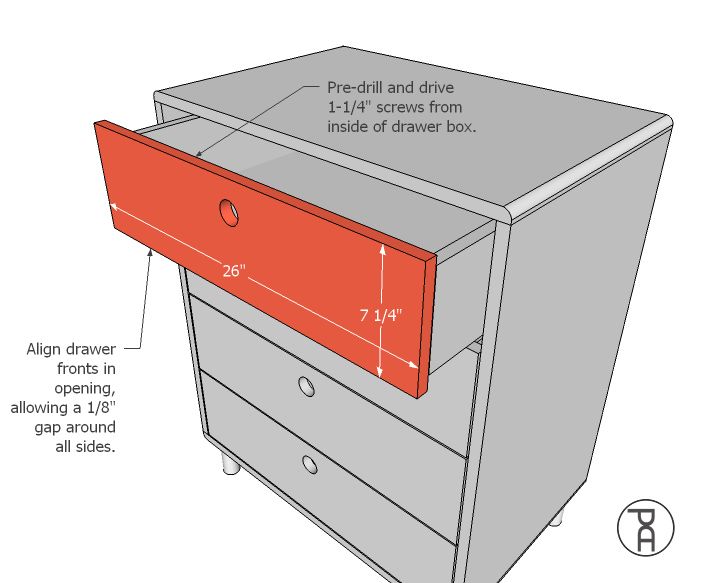
- Pros: Magnetic locks are strong but discreet. You can maintain the look of your drawers without sacrificing safety.
- Cons: Some magnetic locks are easier to install than others. You’ll also have to keep tabs on where your magnetic key is.
3. Use tension rods
If you have handles on your drawers instead of knobs, use a tension rod vertically through all the handles to secure all the drawers at once.
Tension rods are most often used as curtain rods and come in various styles and sizes. Find one that fits through your handles, and run it all the way down.
You’ll want to make sure you get a tension rod with rubber ends. Secure one end underneath the lip of the countertop so your child cannot easily pull the rod out.
- Pros: Tension rods are relatively inexpensive, and you only need one for each set of drawers. Since you don’t have to install anything, you don’t have to worry about damaging your furniture.

- Cons: Every time you want to open a single drawer, you’ll have to remove the entire rod. As children grow, they may learn how to release the tension rod.
4. Use adjustable safety locks
Do you want a single-lock system for multiple drawers around your home? We recommend an adjustable lock.
These locks have two plastic anchors on either side and a silicone or plastic strip in the middle. You attach one end to the side of the dresser or counter and the other end to the front of the drawer. Then, you pull the strip tight enough to keep the door closed.
Just click the button on the door to release the lock.
- Pros: You can use an adjustable safety lock on a wide variety of drawer sizes. They’re also easy to install and open.
- Cons: Adjustable locks, while able to secure the drawer, often leave a gap your little one can squeeze their fingers into. They may also be more challenging to place on the drawers in your kitchen.
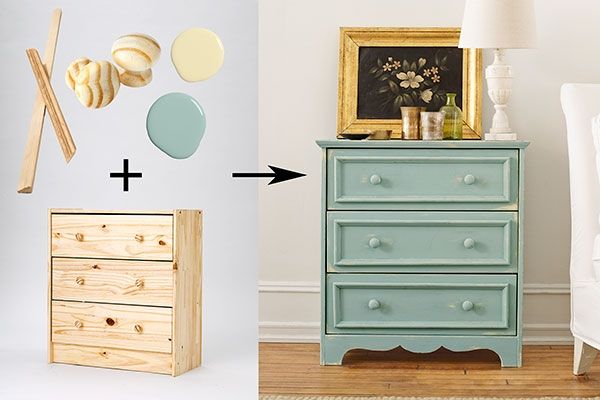
5. Use latch locks
Latch locks are a classic.
Latch locks attach near the top of the drawer you are childproofing. They hook securely to the top of a special piece of plastic you attach above the drawer.
When the latch catches, you cannot pull the drawers open.
- Pros: Latch locks are widely available in a variety of styles. They were designed specifically for drawers, so you know they’ll work.
- Cons: Latch locks often require that you drill into your cabinets, and they take some time to install. If you opt for latch locks, make sure to give yourself some time to install them.
6. Use furniture anchors
There’s a reason we refer to a dresser as a “chest of drawers.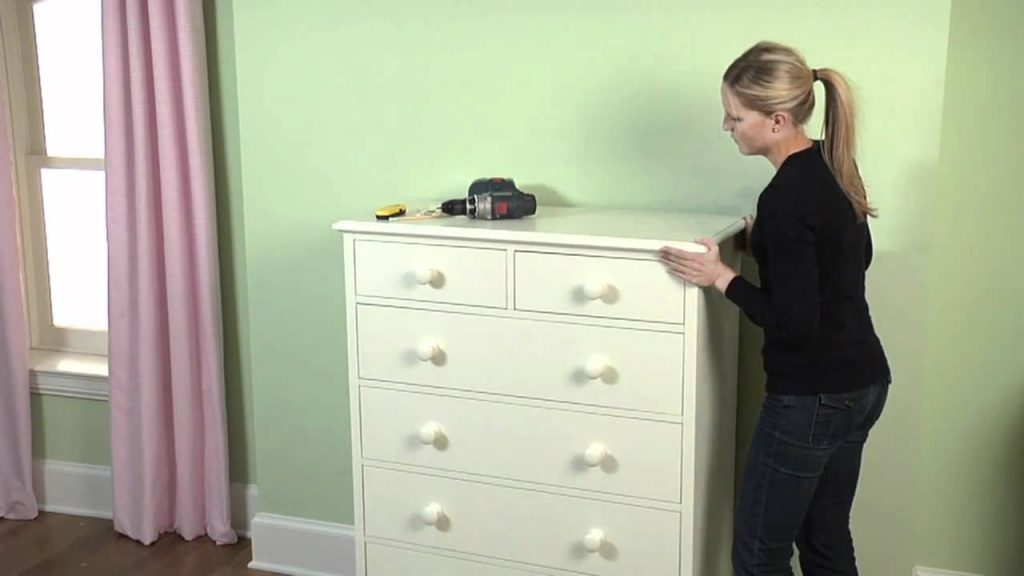 ” While you may want to focus on the kitchen, you also need to secure free-standing furniture.
” While you may want to focus on the kitchen, you also need to secure free-standing furniture.
If your baby pulls out the drawers, they can use them to climb up. The added weight increases the risk of the furniture tipping over, causing serious injury.
Use furniture anchors, also called anti-tip straps, to secure dressers, dressing tables, or shelves.
Secure the straps to the wall and the piece of furniture. If the furniture begins to tip over, the straps will prevent it from falling.
How To Childproof Cabinets
Cabinets and cupboards can be scary places when you have children. They’re the gateways to large areas full of fascinating things for your child to get in trouble with.
People often use cabinets to house hazardous products.
Your child could potentially do any of the following:
- Ingest poisonous liquids or products, such as cleaning liquids or medications.
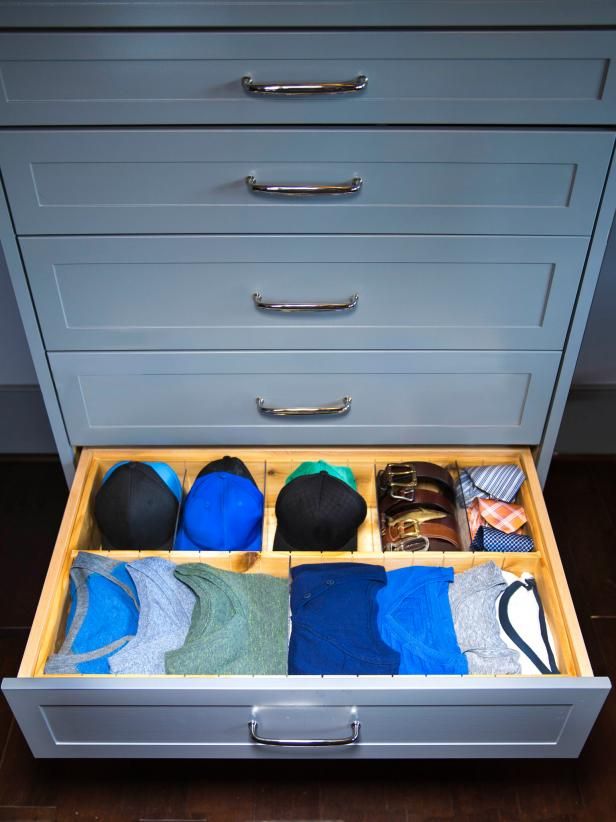
- Hurt themselves with heavy objects, such as pots and pans.
- Slam their fingers and toes in the doorway.
- Get trapped in larger crawl spaces.
Just as with drawers, there are many different ways to childproof your cabinets.
1. Remove dangerous objects
Here are a few objects you may need to remove from your cabinets:
- Cleaning liquids and powders.
- Medications.
- Appliances with long cords.
- Plastic bags.
- Fragile dishes.
Because of brightly colored laundry detergent pods, there have been more cases of accidental detergent ingestion (3).
Editor's Note:
Dr. Leah Alexander, MD, FAAP
You also want to pay attention to non-dangerous products with the potential for trouble.
These include:
- Bags of flour or sugar.
- Food boxes that your child can easily open.
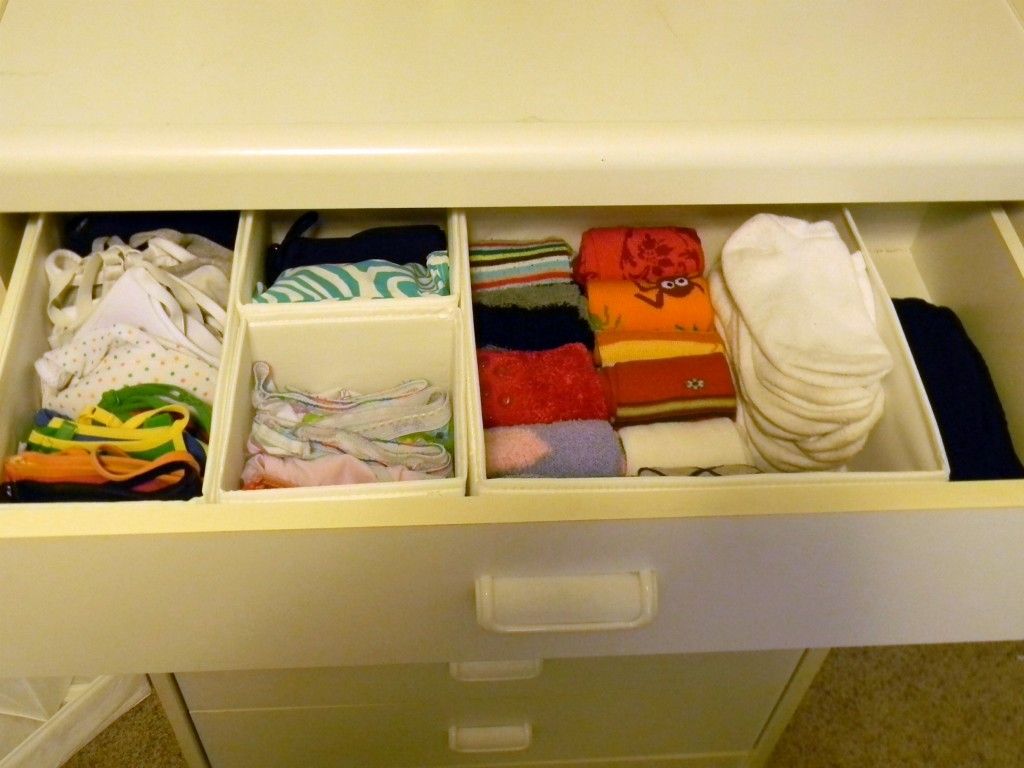
- Aluminum foil and plastic wrap.
If you do not have other storage options, there are ways you can make your cabinets more secure.
2. Use sliding locks
Many of the locks we’ve already mentioned for drawers can be used on cabinets, including the magnetic lock systems. However, sliding locks were designed primarily with cabinets in mind.
A sliding lock goes around two different cabinet knobs or handles. It’s a U-shaped device, similar to a large bike lock. Every model is different, but you generally press on the lock apparatus to pull it off the larger mechanism, freeing you to open the cabinet doors.
- Pros: Sliding locks are inexpensive and easy to use. Since cabinets generally have two different doors, sliding locks ensure you secure both without needing extra equipment or materials. Unlike other cabinet-specific locks, they don’t feature any cords that could harm your baby or toddler.
- Cons: Sliding locks often leave gaps for little fingers.
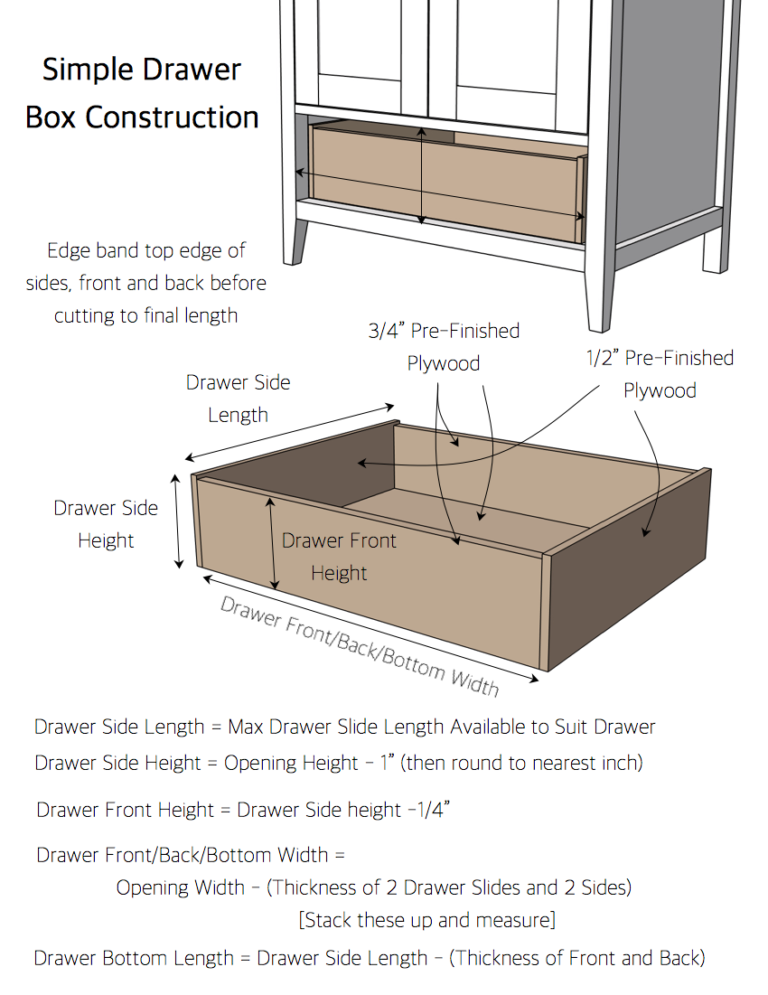 And older children can figure out the system pretty quickly, so you might have to upgrade to another method once they reach a certain age. Also, some cabinets don’t have handles or knobs, which means you’ll need to use a different system.
And older children can figure out the system pretty quickly, so you might have to upgrade to another method once they reach a certain age. Also, some cabinets don’t have handles or knobs, which means you’ll need to use a different system.
3. Use Velcro
Velcro is an excellent option for parents who don’t need or want an intense lock system for their cabinets.
This ingenious trick starts with Velcro strips, with an adhesive material on one side and Velcro on the other. Open each cabinet door and place the two strips on the inside frame, one on the top and one on the bottom. Then add two more Velcro strips on the inside of the door opposite the others.
The Velcro will lock together, preventing small hands and arms from pulling the door open.
- Pros: With Velcro, you don’t have to worry about drilling holes into your cabinets.
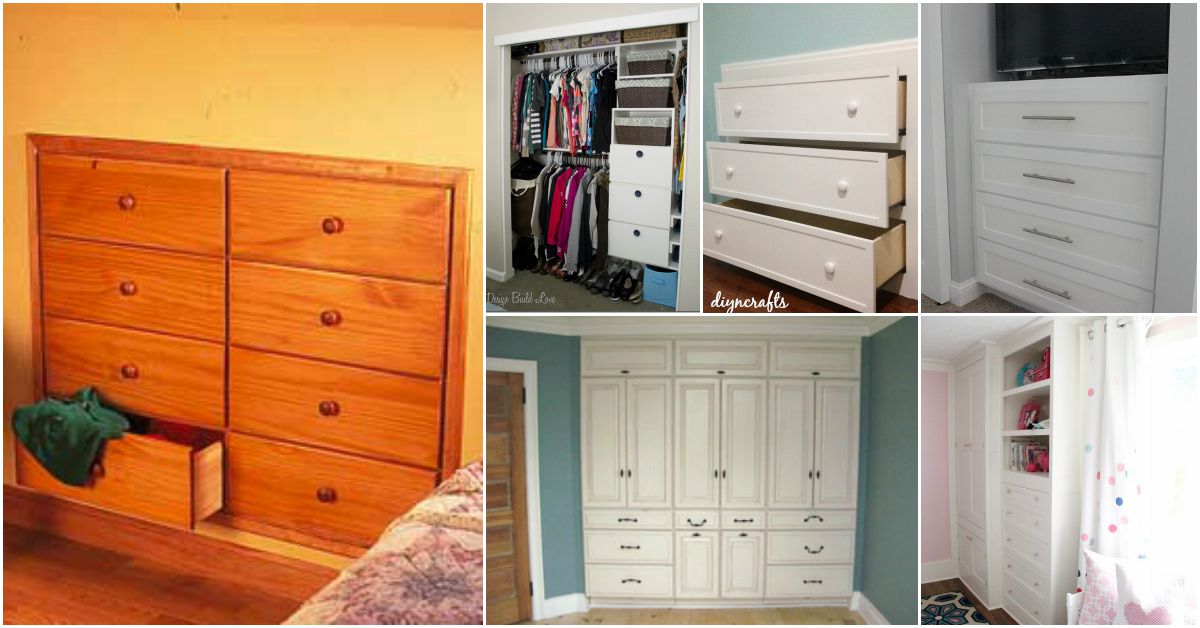 You can even find Velcro with adhesives you can remove easily.
You can even find Velcro with adhesives you can remove easily.
- Cons: While you can find Velcro of varying strengths, your door will still open if a child uses enough force. Velcro is a good option for babies and toddlers but may prove ineffective as your child’s arms get stronger.
Sticky Tip
Look for the amount of weight the Velcro is said to hold. The higher the number, the harder it will be to open the door.
4. Use pull cord locks
Pull cord locks are suitable for cabinets with round knobs placed side-by-side. They’re pretty simple — think of a backpack you pull closed with a cord.
To install, place the cord around both knobs. Then, press on one of the attachments and slide it all the way up so the cabinet is secure. You’ll be left with a single, long piece of the cord. To release, press the button and slide it down again to widen the circle.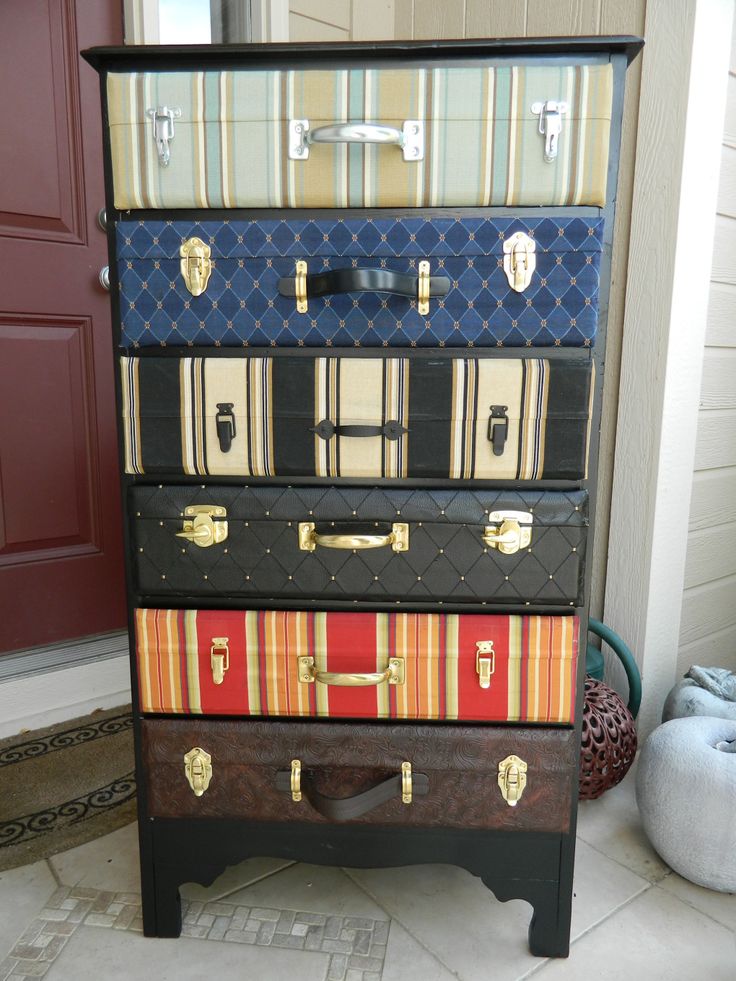
- Pros: Unlike some other do-it-yourself methods to wrap cords around both knobs, you cannot undo pull cord locks. They won’t loosen, so you don’t have to worry about your child prying them off.
- Cons: You should always be wary whenever cords or long strings are available to your child, as they pose a potential choking hazard. Make sure you get a high-quality cord lock that works properly and doesn’t leave too long a strand when locked.
5. Create foam bumpers
Children can have way too much fun slamming cabinet doors! This is dangerous because no one wants those little fingers bruised or broken from a slammed door. If you have a cabinet you don’t need to lock, but you don’t want your child to slam it, create your own foam bumper.
You can do this easily with a hollow pool noodle.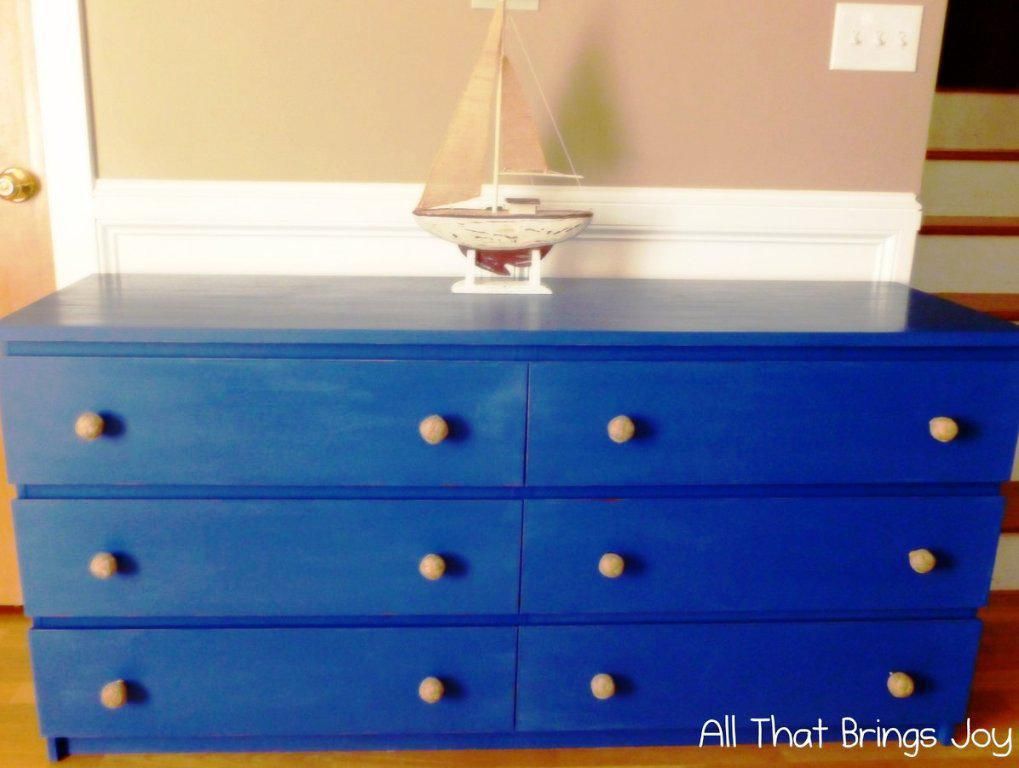 Simply cut off a section of a pool noodle and slit one side. Then, wrap the slit around the door, high up where your child can’t reach it.
Simply cut off a section of a pool noodle and slit one side. Then, wrap the slit around the door, high up where your child can’t reach it.
6. Cover knobs
Are the knobs on your cabinet especially large? Prevent bruises and goose eggs on your child’s forehead by covering up the knob with something soft. Tennis balls split on one end are great, as are crocheted covers or soft fabrics attached with a rubber band.
- Pros: You get to prevent some problematic bumps from a tipsy-topsy toddler. You can also use the covers on doorknobs you don’t want to turn.
- Cons: Knob covers are not always the most attractive — a major décor faux pas!
Other Childproofing Tips
Now that you’re armed with some essential knowledge on childproofing your cabinets and drawers, it’s time to take your skills to the next level.
- Keep an eye out: If you’re worried about your child figuring out how to open drawers and cabinets, try to avoid opening them where your child can see.
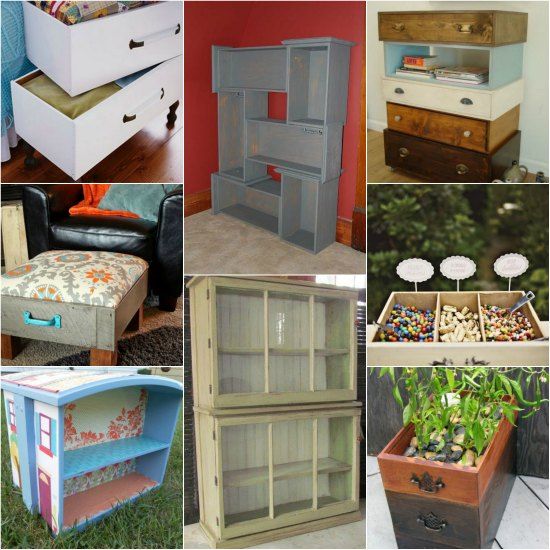 Kids copy everything you do!
Kids copy everything you do! - Use fun distractions: Include something fun and safe in an area with locks, like a basket of colorful kitchen towels. By giving them something to do, your child may be less likely to turn their attention to breaking past your security systems.
- Talk to them: As your child grows older, make sure to discuss why certain things are off-limits. It’s an excellent opportunity to discuss boundaries and how they can take control of their own safety.
Remember That Supervision is Essential
Nothing can replace a watchful eye. Always supervise your children in places with potential hazards.
As you watch your child, you’ll be able to prevent them from getting into places they shouldn’t be and understand their mindset a little bit better.
If things are especially hectic, we suggest you use baby gates and barriers to prevent your child from accessing areas you don’t want them to go.
Feedback: Was This Article Helpful?
Thank You For Your Feedback!
Thank You For Your Feedback!
What Did You Like?
What Went Wrong?
How To Babyproof Drawers and Cabinets – 15 Genius Hacks to Keep Your Bub Safe – tumbl bear
It is never too early to start thinking about how to babyproof drawers and cabinets in your home. As soon as your baby can crawl, they will explore every nook and cranny they can get into! This is why it is so important to have babyproof draws and cabinets before the arrival of your little one, to prevent your pinched fingers, bumps or bruises and trapped toes.
As soon as your baby can crawl, they will explore every nook and cranny they can get into! This is why it is so important to have babyproof draws and cabinets before the arrival of your little one, to prevent your pinched fingers, bumps or bruises and trapped toes.
This no-nonsense guide will tell you everything you need to know about how to babyproof drawers and cabinets easily at home. With our genius baby proofing drawer hacks and guide on how to baby proof drawers DIY, your home will be safe for your baby in no time at all.
Why is it important to babyproof drawers & cabinets?
Asking yourself, “how to babyproof drawers and cabinets?” is so important when you are thinking about the arrival of your baby. The natural curiosity of babies and toddlers means that they will try and get into every space they can to discover what is inside. Naturally, your baby will want to mimic your actions and copy everything you do, so when they see you open a cupboard, they will want to try it too.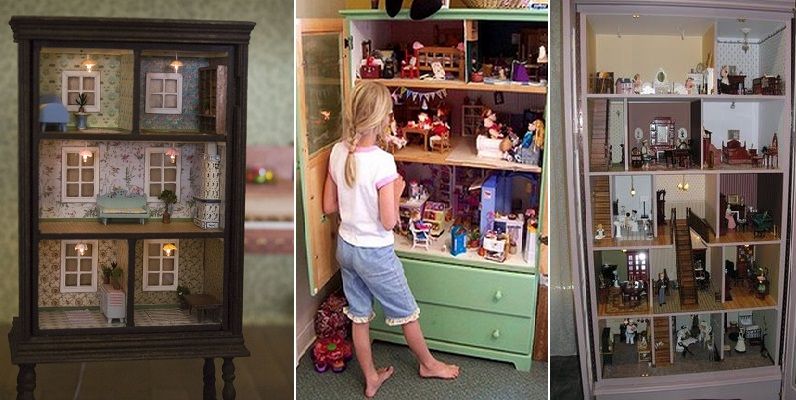 To avoid injuries, bumps and bruises, read our foolproof guide on how to babyproof drawers and cabinets at home.
To avoid injuries, bumps and bruises, read our foolproof guide on how to babyproof drawers and cabinets at home.
How to Baby Proof Doors and Cabinets
You may be wondering:
How do you childproof a dresser? How do I make my drawers lockable?
How do you keep drawers closed? How do drawer locks work?
How to babyproof drawers and cabinets?
Below we will tell you everything you need to know about the best ways to babyproof your drawers and cabinets at home.
How to Babyproof Dresser Drawers
All the below locks for drawers can be bought commercially in most hardware stores and baby stores for an affordable price! See below for our top tips on installation and babyproofing drawer hacks and how to babyproof drawers and cabinets at home.
How do drawer locks work? How do you baby proof drawers without screws?
Magnetic Drawer Locks
If you wonder, “how to babyproof drawers without handles?”. Magnetic drawer locks are the answer! Magnetic drawer locks are one of the most common locks used when babyproofing a home. Install the magnetic mechanisms on the inside of the drawer, and then the door will be locked automatically when closed. To open the drawer, all you need is the magnetic key that comes with the lock, which ensures little fingers cannot open the drawer.
Magnetic drawer locks are the answer! Magnetic drawer locks are one of the most common locks used when babyproofing a home. Install the magnetic mechanisms on the inside of the drawer, and then the door will be locked automatically when closed. To open the drawer, all you need is the magnetic key that comes with the lock, which ensures little fingers cannot open the drawer.
https://www.familyhandyman.com/article/how-to-babyproof-drawers-and-cabinets/
Tension rods - How to baby proof dresser drawers
Tension rods are perfect for when you have multiple drawers in one column. To set up a tension rod, all you have to do is slide the rod through the handle of each drawer in the column when all the drawers are closed and expand the rod until it is snugly fitted between the floor and the under-ledge of the chest of drawers. Tension rods are a cheap and reliable way to babyproof drawers. The drawers will then be locked shut until the rod is removed, which is perfect as no baby or toddler will be able to remove the rod.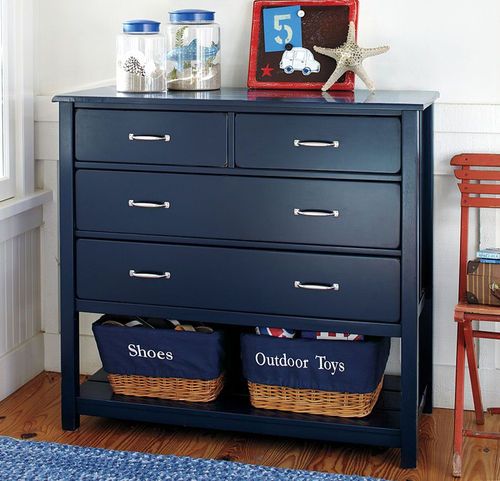
https://bettergoods.org/how-to-baby-proof-drawers/
Adjustable Safety Locks
Adjustable safety locks are effortless to install due to their simple design and are one of the best ways how to babyproof drawers and cabinets. Adjustable safety locks can be used on drawers by attaching one end to the drawer, and one ends to the drawer unit on both sides of the chest of drawers. Make sure that the lock fits snuggly so that it cannot be opened at all. To open the drawer, all you have to do is unstick one of the pads on both sides, but make sure to stick it back on when you are finished!
https://www.familyhandyman.com/article/how-to-babyproof-drawers-and-cabinets/
Latch Locks- What is a drawer catch?
You may be wondering “how to baby proof drawers without handles?” Latch locks are the simplest locks to install in your home, and provide a perfect solution when babyproofing drawers without handles.
A latch lock consists of two components, the latch, which is stuck to the side of the drawer unit and the hook that is stuck to the front side of the drawer.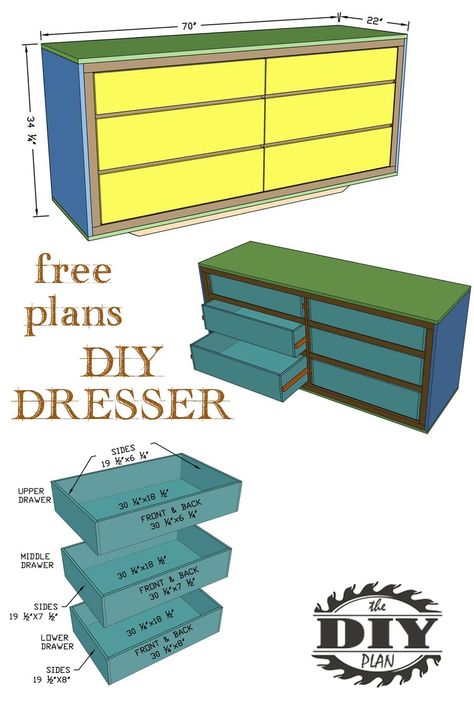 All you need to do is slip the hook over the latch when the drawer is closed, and it will be closed tight.
All you need to do is slip the hook over the latch when the drawer is closed, and it will be closed tight.
https://www.familyhandyman.com/article/how-to-babyproof-drawers-and-cabinets/
Furniture Anchors
Furniture anchors are used not to keep the drawers closed but to ensure that the drawer unit does not wobble and tip, which could cause serious injury to a baby or toddler. Furniture anchors are one of the best ways how to baby proof drawers and cabinets at home.
The furniture anchor is screwed into the wall and then attached to the backside of the drawer unit to ensure that the unit does not move. Furniture anchors are so important when babyproofing a home that it is often overlooked, but it is a straightforward fix.
https://bettergoods.org/how-to-baby-proof-drawers/
How to Babyproof Cabinets
All the below locks for cabinets can be bought commercially in most hardware stores and baby stores for an affordable price! See below for tips and tricks on how to babyproof your cabinets at home.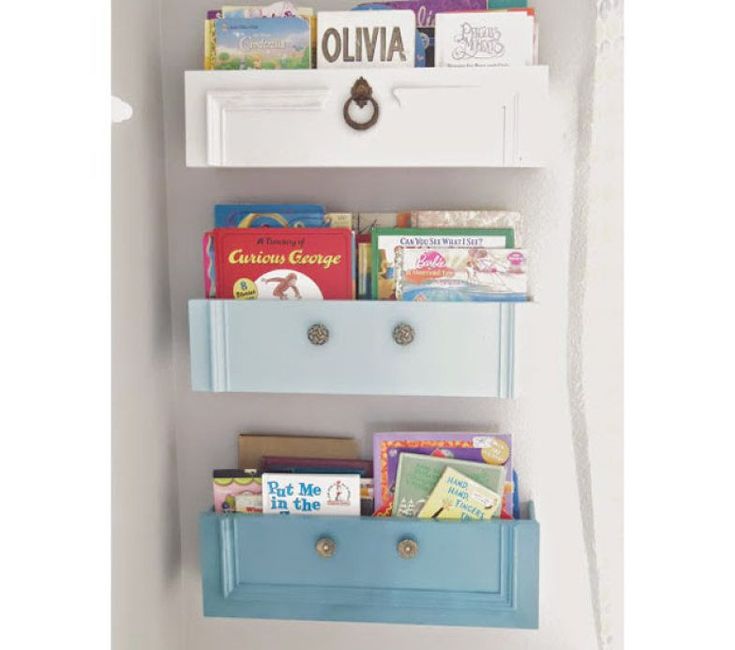
Magnetic Cabinet Locks
Magnetic locks are not just for drawers; they also work perfectly for babyproofing any cabinet around your house. The process is simple, install the mechanism on the inside of the cabinet door, and it will be locked securely until you open it with the magnetic key.
https://parent.guide/how-to-baby-proof-drawers/
Adhesive Locks
Adhesive locks are the easiest locks to install on your cabinets. Adhesive locks consist of one adjustable strap with two adhesive pads, which can be stuck on closed cabinets to lock them securely. Adhesive locks can be used multiple times and will not lose their stick, so you can be assured your baby will be safe.
https://momlovesbest.com/health/babyproofing/cabinet-locks
Cord Cabinet Locks
Cord cabinet locks are one of the oldest methods of babyproofing still used. Cord locks consist of a looped cord with an adjuster; all you need to do is fit the loop over both cabinet handles or knobs and pull the adjuster tight so that the door cannot be opened.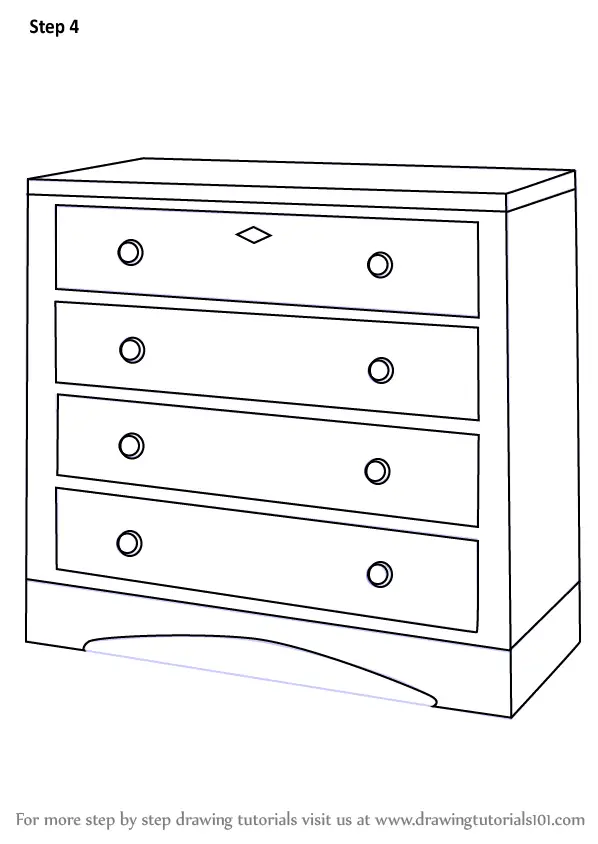
https://momlovesbest.com/health/babyproofing/cabinet-locks
Sliding Cabinet Locks
Sliding cabinet locks consist of a solid plastic pin that you can easily slide over cabinet doors or knobs and lock in place. Sliding cabinet locks are shaped like a paperclip and provide an accessible and easy to install solution when babyproofing any cabinet in your home.
https://www.familyhandyman.com/article/how-to-babyproof-drawers-and-cabinets/
Spring Latch Locks
Spring latch locks are the strongest lock choice for cabinet installation. The spring inside of the machine ensures the cabinet is locked tightly and can’t be wiggled open at all. To install an aspiring latch, all you need to do is install the spring latch to the inside of a cabinet door and the matching mechanism to the top or bottom of the cabinet so that it locks together when closed.
https://www.babysecurity.co.uk/products/baby-safety/baby-proofing/locks-latches/
How to Babyproof Drawers DIY
We know that it can be expensive to babyproof when you consider all the drawers and cabinets in your home. Not to worry, there are plenty of DIY babyproofing drawer hacks that you can use in every room! We will tell you everything you need to know about the DIY ways how to babyproof drawers and cabinets.
Not to worry, there are plenty of DIY babyproofing drawer hacks that you can use in every room! We will tell you everything you need to know about the DIY ways how to babyproof drawers and cabinets.
Rubber Bands
Rubber bands can be used to lock drawers and cabinets closed by looping the rubber band through the handles when closed. However, rubber bands can snap, potentially injure your little one and allow them to open the cupboards. When using this method, make sure to use a strong rubber band to avoid this.
https://tinybeans.com/12-genius-diy-babyproofing-tricks/slide/3
Zip Ties
Zip ties are a strong and secure DIY babyproofing hack that can be used on any drawer or cabinet unit. All you need to do is attach a zip tie through drawer handles and tighten or loop them around cabinet handles or knobs. Zip ties are an extremely secure way to babyproof drawers and cabinets, but they are single-use, so that they can be a pain the replace each time.
No external link used here - just my own knowledge and writing
Velcro
One of the easiest babyproofing hacks is learning to babyproof drawers with Velcro. Velcro is a simple babyproofing hack that you can use on the inside of any drawer or cabinet. The plus side of using Velcro is that it will be invisible as installed on the inside. Velcro is strong during the first few uses, but it can lose its stick over time, so it is important to check every so often and replace it when necessary.
https://bettergoods.org/how-to-baby-proof-drawers/
Ribbon or Rope
Ribbon or rope can also be used as a hack for DIY babyproofing. Instead of buying expensive locks and devices, you can use any spare pieces of ribbon or rope you might have around the house! Tie the ribbon through closed drawer handles or tie it around cabinet handles or knobs to secure them tightly closed.
https://momlovesbest.com/health/babyproofing/cabinet-locks
Foam Bumpers
Foam bumpers are a perfect solution to babyproofing at home.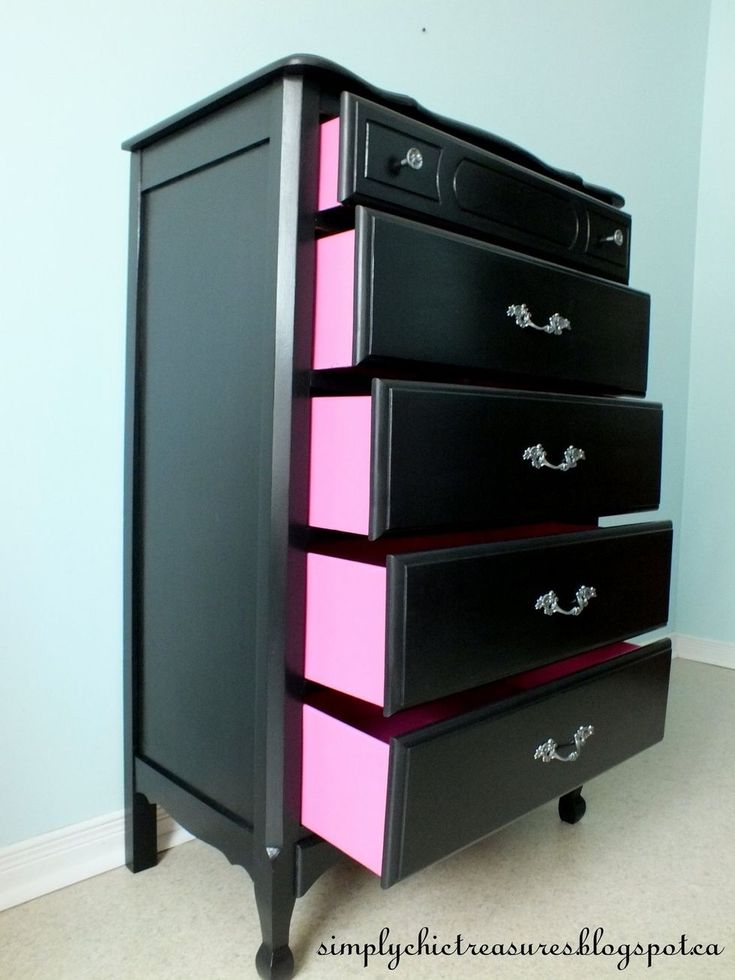 The last thing you want is for your little one to knock themselves on hard surfaces or corners, so it is essential to cover up these hard edges. All you need to do is cut one side of the foam bumper and slide it onto the edge or corner of any table, counter, cabinet or drawer unit, and you will be worry-free about bumps and bruises.
The last thing you want is for your little one to knock themselves on hard surfaces or corners, so it is essential to cover up these hard edges. All you need to do is cut one side of the foam bumper and slide it onto the edge or corner of any table, counter, cabinet or drawer unit, and you will be worry-free about bumps and bruises.
https://tinybeans.com/12-genius-diy-babyproofing-tricks/slide/3
FAQs
If you have more questions on how to baby proof drawers and cabinets at home, we have the answers!
How do you babyproof drawers without screws?
They are many ways that you can use babyproof your drawers without screws. DIY methods are perfect for you to avoid installing screws in your drawers. You can use ribbon or rope, Velcro, zip ties, and rubber bands to securely babyproof your drawers without the hassle of installing mechanisms with screws.
How do I make my drawers lockable?
Install magnetic drawer locks or a lock mechanism to make your drawers lockable.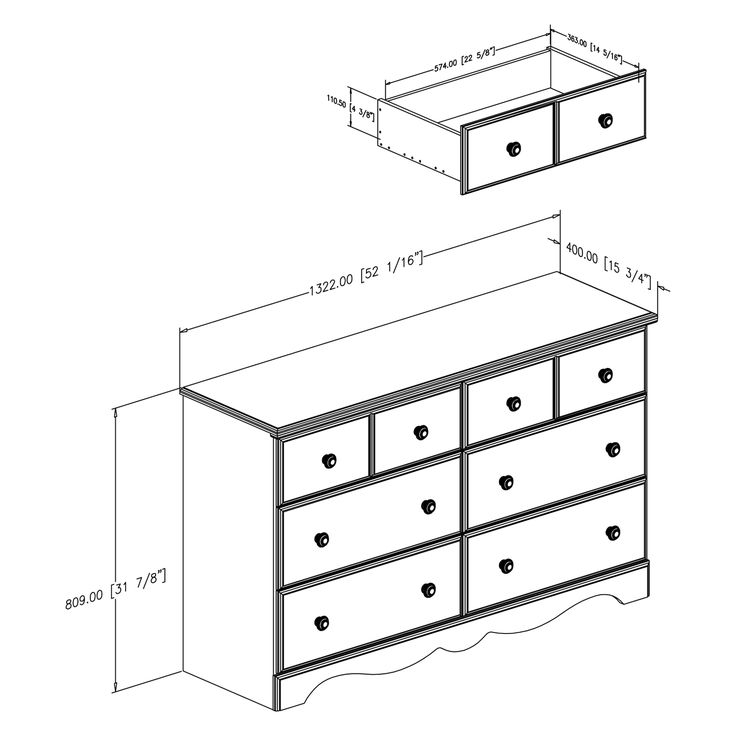 Magnetic locks will lock your drawers automatically when closed and can only be opened by a magnetic key. Traditional lock mechanisms can also be installed in your drawer unit, unlocked with a key.
Magnetic locks will lock your drawers automatically when closed and can only be opened by a magnetic key. Traditional lock mechanisms can also be installed in your drawer unit, unlocked with a key.
How do I babyproof drawers without handles?
To babyproof your drawers without handles, you can use commercial locks such as magnetic locks, spring latch locks and adhesive locks for a secure and safe lock for your drawers. For affordable DIY babyproofing methods, you can also use Velcro on the inside of your drawer to lock your drawer securely.
Child protection for drawers and cabinets (17 photos) - locks, blockers, latches
In the modern world, you can protect a child without resorting to damage to furniture by cutting into it various locks and hecks. Today, there are many different devices that are attached to furniture and do not allow the child to open drawers and doors. They will be especially appreciated by parents who want to organize a children's corner in their room.
Based on what kind of furniture is in the apartment and how the child tries to open it, the choice of protecting the furniture from the baby depends. But it is important to remember that protection on wardrobes will not work on swing wardrobes, and vice versa. nine0003
Here are some types of protection for furniture:
- Mortise locks or overhead locks can be installed. They are reliable, but their disadvantage is that for installation you need to drill several holes in a dresser or cabinet. Not everyone wants to ruin their furniture.
- There are also modern locks for doors and drawers. An adult can easily open them, but for a small child this is an almost impossible task. There are many types of such locks. nine0009 Another sparing option: installing new furniture handles with built-in locks. New openings on the facades will not be needed.
- And, of course, do not forget about the possibility of protection with old folk remedies - a rope passed through the cabinet handles, or adhesive tape pasted on the boxes.
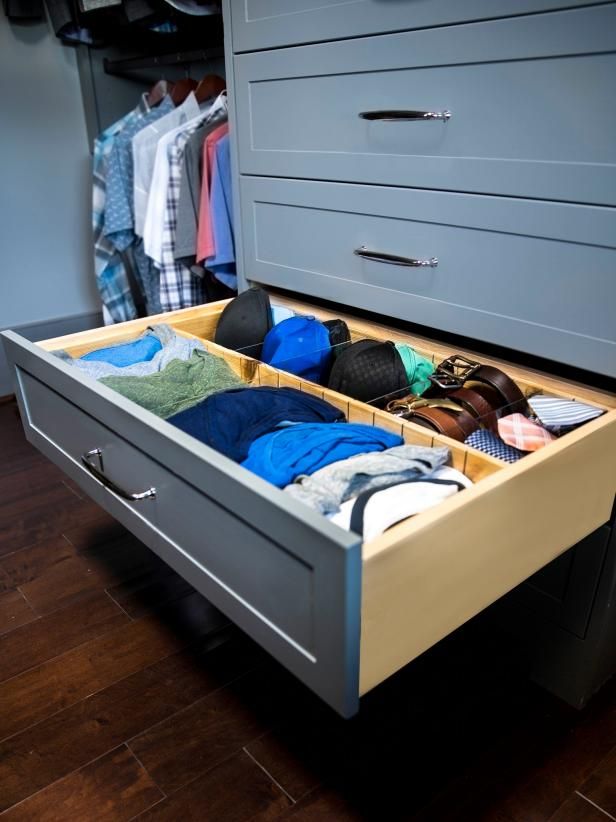 However, it should be remembered that such methods are far from the most reliable. But if it is not possible to use any of the above remedies, then these will do.
However, it should be remembered that such methods are far from the most reliable. But if it is not possible to use any of the above remedies, then these will do.
Drawer locks
The most popular method of protection is special latches, one part of which is attached to the furniture frame with a special Velcro, and the other half is attached to the front of the drawer. Such protective devices can be bought in specialized children's stores. They are inexpensive, and it does not take much time to install them. When the need for such latches passes, they can be easily removed, and there will be no trace of them on the furniture.
There are many varieties of such latches, but their essence is that each such lock has a main element that is fixed and remains motionless, and a counterpart that just works like a lock. nine0003
It is possible to install handles on furniture or, for example, on windows with a special built-in lock. But this method is a bit more complicated than the one described above, since you will need to find handles that would fit in place of the handles installed on the furniture. After you bought such a handle, it is installed on the box, and it simply closes with a lock.
But this method is a bit more complicated than the one described above, since you will need to find handles that would fit in place of the handles installed on the furniture. After you bought such a handle, it is installed on the box, and it simply closes with a lock.
Closing the wardrobe from the child
Hinged wardrobe doors are also better protected from the baby. Otherwise, leaving him alone for a minute, you run the risk, returning to the room, to find a pile of linen from the lower shelves and your little one, merrily frolicking with him. As a rule, U-shaped latches are installed on swing doors.
This is the easiest way to protect as it does not require drilling holes in the furniture or even gluing the protection to the surface of the furniture.
Plastic hook latches can also be used.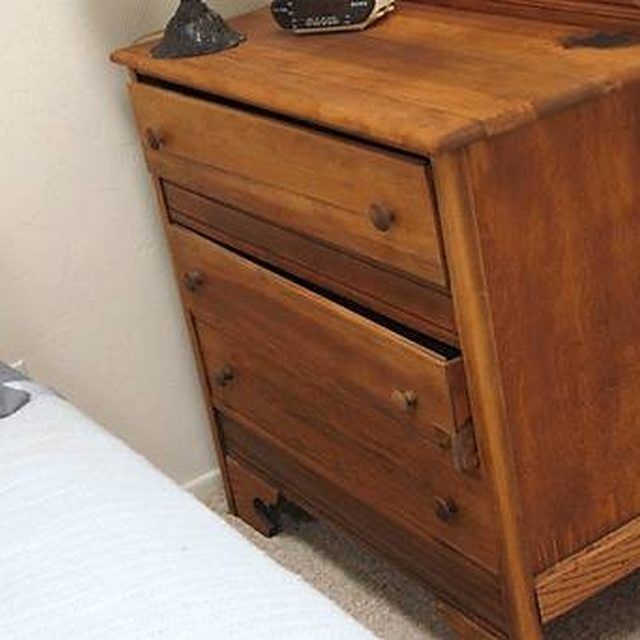 They consist of two parts: the first part is attached to one cabinet door, and the other - the hook itself - is installed on the other door. When the doors are closed, the cabinet is locked with a hook. nine0003
They consist of two parts: the first part is attached to one cabinet door, and the other - the hook itself - is installed on the other door. When the doors are closed, the cabinet is locked with a hook. nine0003
The closet door can also be locked. The mirror on the closet is a very attractive item for the baby. Usually, small children enthusiastically roll cabinet doors, look at their reflection in the mirror, and drag all things from the lower shelves to the floor.
Of course, fittings that are installed on hinged wardrobes are not suitable for a wardrobe. But still, there is protection for such furniture today. The most popular type of wardrobe protection is the Butterfly latch. It is installed on one of the doors, next to the second door. When the "wings" are lowered, the cabinet door is in a movable state. By pressing a special button, the "butterfly wings" rise and do not allow the cabinet door to roll. nine0003
Sharp corner protector
Sharp furniture edges are no less dangerous for children.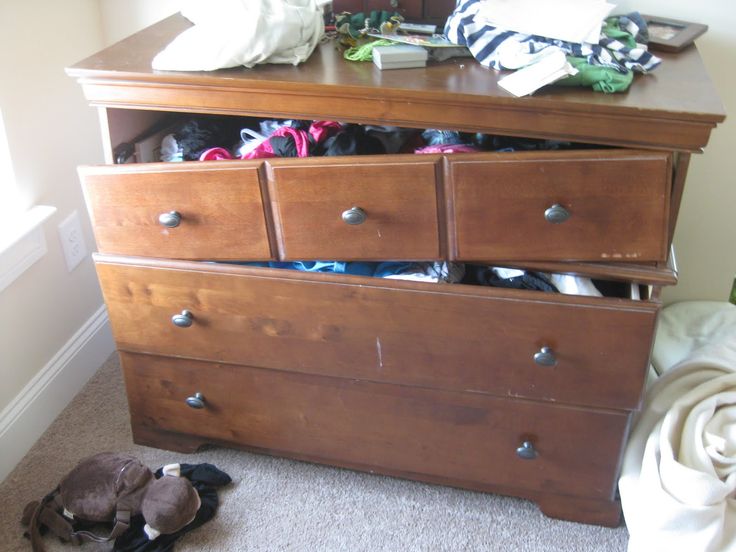 The baby can hit the edge of the cabinet and inflict dangerous injury on itself. But here, too, there are ways to protect yourself. A soft silicone or rubberized pad is glued around the perimeter of the piece of furniture that needs to be secured.
The baby can hit the edge of the cabinet and inflict dangerous injury on itself. But here, too, there are ways to protect yourself. A soft silicone or rubberized pad is glued around the perimeter of the piece of furniture that needs to be secured.
In addition to the overlays, you can find silicone corners on sale that are attached to the sharp corners of furniture. nine0003
Door plugs
For a little kid, the whole apartment is one continuous threat. And even such a seemingly harmless thing as a door carries a danger for him: the baby can, holding on to the door, accidentally close it and pinch his fingers.
Protection for interior doors can also be of different configurations, but the essence is the same - to prevent the door from closing. It can be a small support placed under the door, or a large "U" shaped rubber pad that is placed anywhere on the door to prevent it from closing. nine0003
So, buying furniture protection from children today is not a whim, but a necessity caused by the activity and curiosity of a rapidly developing baby.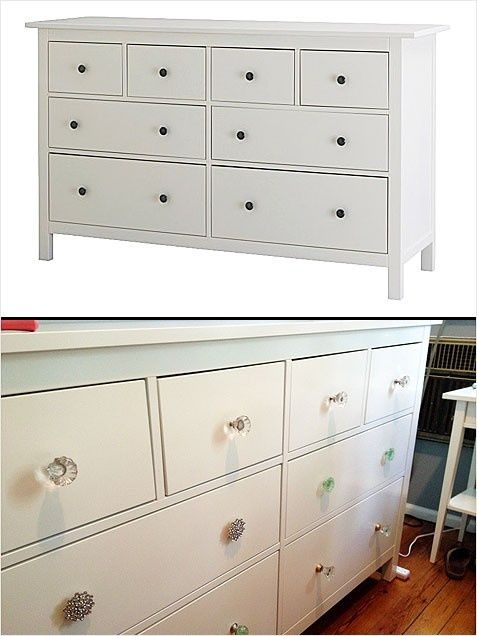 Remember: a pinched toe is the most harmless thing that can happen if you do not take care of the safety of the crumbs.
Remember: a pinched toe is the most harmless thing that can happen if you do not take care of the safety of the crumbs.
Inspire us - share material with friends on social networks:
Loading...
Real photos of children's rooms:
0001
Nowadays child locks for drawers and cupboards are a must to help keep the child healthy and the parents nervous. There is a huge variety of protective devices for this type of furniture, which differ in shape, type of lock, design, functionality.
Contents
- The need to protect furniture
- Types of bollards
- Adhesive-based
- For internal fastening
- U and C shaped
- Additional protection elements
- Fastening rules
- What to look for when choosing
- Video
The need to protect furniture
A small child finds everything that happens around interesting, so situations that threaten the health of the baby often arise. Especially dangerous is the time when children begin to crawl and walk, as the danger will be sharp corners and doors of furniture, sockets, household appliances. Young children especially actively begin to explore the world from the contents of the closet and shelves. Some things can be removed or shifted higher, but the sharp corners of tables, sofas, chairs, drawers remain. nine0003
Especially dangerous is the time when children begin to crawl and walk, as the danger will be sharp corners and doors of furniture, sockets, household appliances. Young children especially actively begin to explore the world from the contents of the closet and shelves. Some things can be removed or shifted higher, but the sharp corners of tables, sofas, chairs, drawers remain. nine0003
Even if the sharp elements of furniture are protected, the question arises regarding the contents of cabinets, cabinets, drawers. The kid can open the door, easily get to small items, dangerous appliances and valuables, medicines. Therefore, it is important to take care of the difficulty of the penetration of the child into the pieces of furniture.
To reduce the risk of injury to a child, caring parents resort to tricks - install protection, limiters and blockers. Sometimes these devices are made by yourself, but a more reliable option is special products that can be purchased at hardware stores. nine0003
nine0003
Types of bollards
There are several basic types of bollards. The difference lies in the method of attaching the fixture to furniture, the features of their functioning. There are Velcro blockers and stationary fasteners.
Main types of interlocks for doors:
- locks interlocks, which are closed on the handles from the outside. The device securely closes the door leaves, which allows you to protect the contents from damage, and the baby's fingers from injury. The device mechanism is a plastic cord with notches, which are fixed with a special nozzle. Handles are braided with a cord and closed with a “lock”. The advantage is that adults can easily open the mechanism, but the baby cannot; nine0010
- universal lock that connects the cabinet or chest of drawers door to the body. The mechanism is a silicone strap, which is fixed with clasps on the sides. The advantage lies in the versatility of the fixation, since it can be easily used on drawers and doors where there are absolutely no handles;
- shock absorbers blockers - devices of this type are made from elastic and at the same time durable materials: plastic, foam rubber, rubber, silicone.
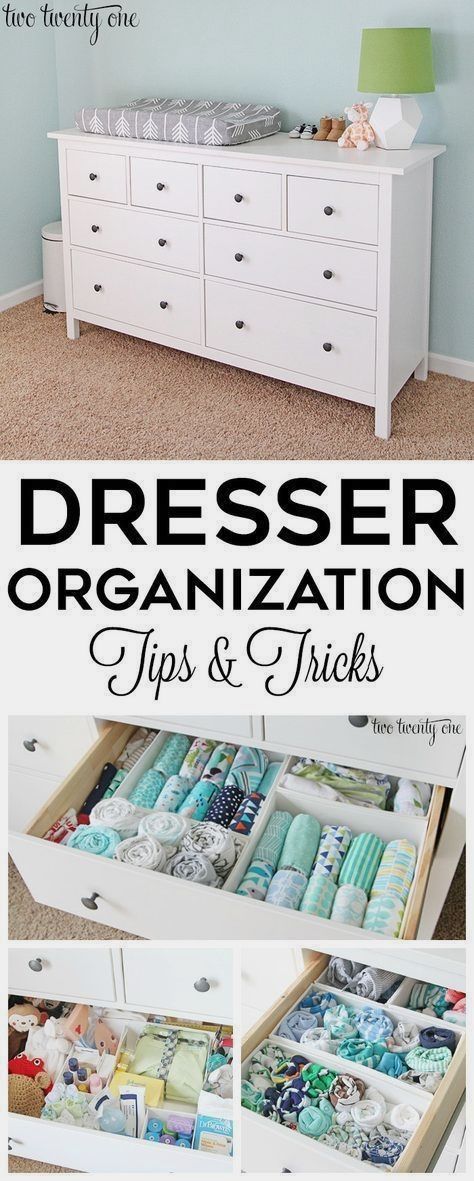 He does not close the door, but, on the contrary, does not allow it to fully open or close completely. Thus, the baby will not be able to nail the fingers. A shock absorber is installed in the upper part of the door; nine0010
He does not close the door, but, on the contrary, does not allow it to fully open or close completely. Thus, the baby will not be able to nail the fingers. A shock absorber is installed in the upper part of the door; nine0010 - locks for sliding doors, e.g. for wardrobes. Often, the device is made of plastic, and according to the mechanism, it completely repeats the design of the door, where the strap is fixed with a special fastener. It is impossible for a child to cope with the mechanism, and it is easy for an adult to open a door with such a blocker;
- internal locks are mounted on screws, they are a retractable design that will not allow you to open the drawer of a chest of drawers or cabinets. In addition, this detail does not attract too much attention of the child, does not spoil the appearance of the furniture. nine0010
It is better to choose blockers and other security elements that do not stand out from the general design of the room so that they do not attract too much attention to the baby.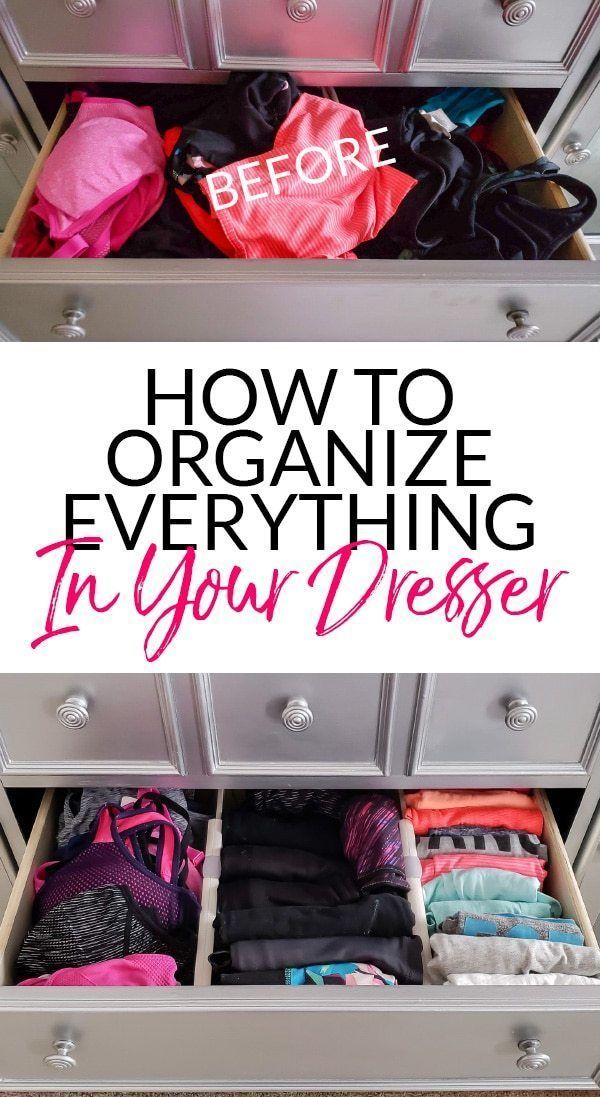 There are blockers for other needs - fixing plastic windows, a device for limiting door locks. The main thing is to choose the right device for the corresponding door or drawer.
There are blockers for other needs - fixing plastic windows, a device for limiting door locks. The main thing is to choose the right device for the corresponding door or drawer.
Adhesive-based
Basically all blockers for openings, drawers are intended for external use. Attaching the device to furniture with screws may ruin its appearance. Therefore, other methods of fastening blockers are used - an adhesive base. nine0003
This device consists of two "buttons" that are glued to a wooden case. A silicone or woven strap is pulled between the buttons. After removing the elements, the adhesive is removed easily, leaving no residue on the surface.
Advantages of adhesive blockers:
- product availability;
- a huge variety of design solutions regarding color, design;
- fastening strength;
- is easy to dismantle, does not leave marks on the surface of the furniture; nine0010
- does not require special fastening materials.

When choosing an adhesive-based device, you should definitely pay attention to the integrity of the packaging and expiration dates. These conditions can affect the quality of fixture fastening.
Thanks to unique manufacturing technologies, you can choose a device where the adhesive base is completely environmentally friendly. The child should choose hypoallergenic materials.
For internal fastening
Drawers and cabinet doors often use mechanisms that are fastened inside. Due to the unique mounting method and functional features, this type of blockers has a lot of advantages.
Interlocks of the internal fastening are applied with an adhesive tape with a special adhesive composition. Since the fastening point will not be visible from the inside, you can choose models with screw fastening. nine0003
Benefits of internal fastening:
- blocking does not spoil the appearance of the furniture;
- there is no risk of surface damage;
- does not attract the attention of children;
- does not require the selection of a product in accordance with the interior of the room;
- a wide range of functional features.
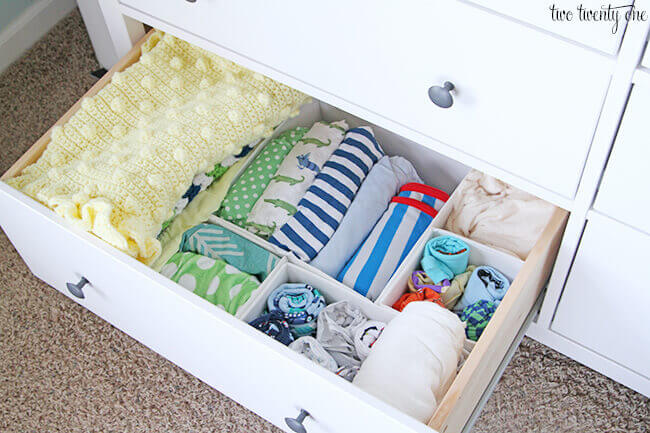
For blockers of this type, the main thing is strength, since they must withstand huge loads. The design can be homogeneous and consist of two separate parts. nine0003
U and C shaped
Types of protection have not only features in the method of fastening. Some devices also differ in shape. Often it depends on the features of operation. There are U and C shaped shock absorbers; locks of this type are not attached to drawers and doors - they are used mainly for interior doors.
There are U and C shaped latches for handles. Thanks to them, furniture elements cannot be opened. These devices are tightly latched and do not allow the baby to get inside. These elements are made of high quality plastic. nine0003
For adults, this latch has the advantage of being very easy and quick to dismantle. No need to think about how to fix the elements of the blocker. A simple and quick way of mounting and dismounting is another plus of this particular child protection device.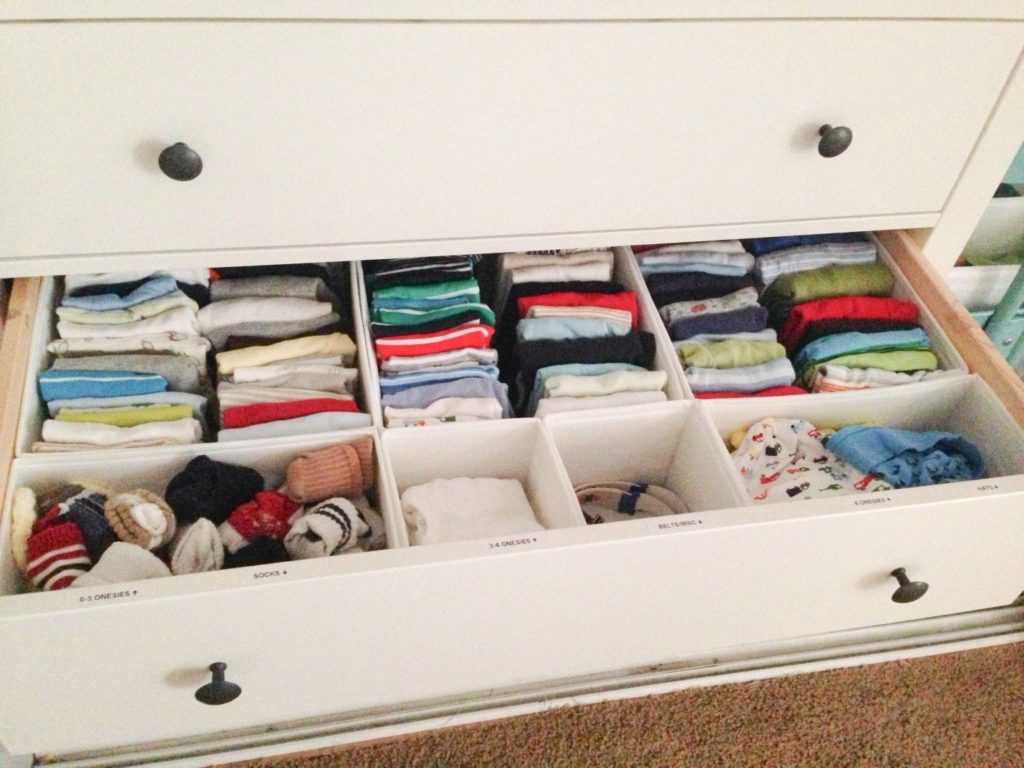
Additional security elements
In addition to locks for doors and drawers, there are other ways to protect this type of furniture. Sharp corners are especially dangerous. Depending on the height of the chest of drawers, cabinets or cabinets, protection is chosen. nine0003
There are several types of corner covers:
- fixed corners - this device only closes a corner with a small range. It is made mainly from silicone or rubber;
- special soft balls - the softening element is worn directly on the corner;
- soft tape - the range of softening of the corners is very large. You can secure a large area of furniture surface.
Soft tape may not be suitable for a closet, but for cabinets and chests of drawers - this is the best protection option. nine0003
In addition to corners for the safe operation of furniture such as cabinets, chests of drawers and wardrobes, special fastening straps are used.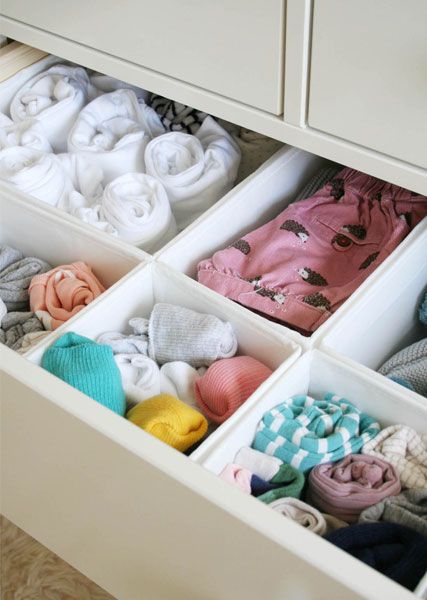 One part is securely screwed to the wall, and the second directly to the furniture. Thanks to this fastening, it is impossible to overturn furniture.
One part is securely screwed to the wall, and the second directly to the furniture. Thanks to this fastening, it is impossible to overturn furniture.
Fastening rules
To ensure the safety of the child, it is worth not only using locks and furniture protection, but also doing it correctly. So that the fasteners do not break, you need to follow a few basic installation rules:
- check the quality of the purchased device: package integrity and expiration dates;
- select the necessary materials and fixtures;
- first prepare the surface of cabinets and doors;
- clean the place of the intended fastening from fat and other particles with acetone;
- when the part consists of two parts, then it is necessary to mark the attachment points so that they are on the same level;
- remove the protective film from the adhesive tape on the blocker and attach it to the furniture surface with a slight movement; nine0010
- If the adhesive has hardened, the connection point can be heated.
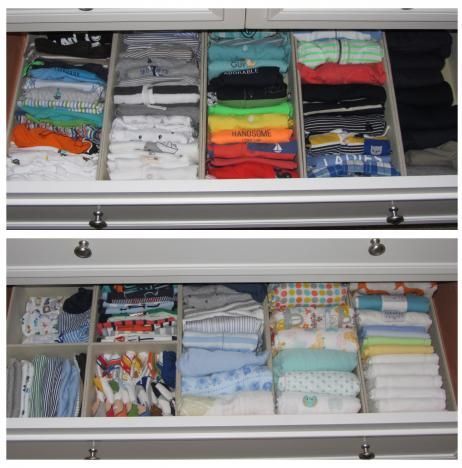 This is easy to do with a hair dryer;
This is easy to do with a hair dryer; - hold the lock in this state for several minutes;
- check the security of fastening by carrying out the characteristic actions for this.
If one of the stages of technology is violated, the quality of fastening will be unreliable. Sometimes there is a need for additional materials for fixing: superglue, bolts. In case of incorrect fastening, it is better to change the nozzles. nine0003 For adhesive For screws
What to look for when choosing
Child protection for drawers and cupboards must meet certain conditions. If the product does not meet the quality conditions, then the operational moments of use may be violated. In addition, depending on the material and structure of the furniture, the appropriate types of blockers and protection are selected.
It is better to use trusted manufacturers. They will definitely be able to guarantee the quality and safety of the product:
- For wooden furniture, internal fittings can be used.
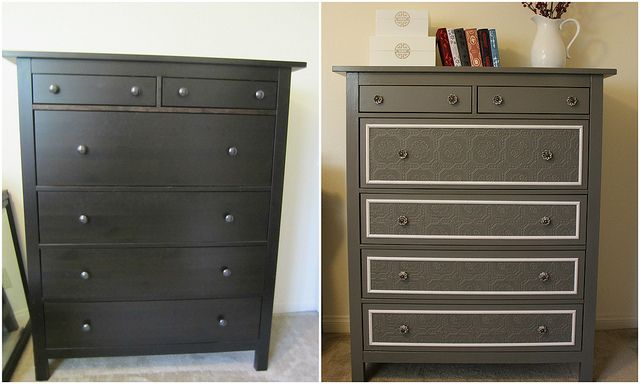 The fastening itself can be done with adhesive tape or small screws;
The fastening itself can be done with adhesive tape or small screws; - for modern wardrobes, mechanisms are used that are attached to the surface with adhesive tape;
- for sliding doors in wardrobes, it is better to choose sliding or tape locks;
- in accordance with the age of the child, a mechanism with a certain quality of fastening, fixation is selected; nine0010
- initially it is worth paying attention to the manufacturer. There are fakes that are not characterized by quality;
- material must be non-toxic, so it is worth studying the composition;
- pay attention to the peculiarity of use, ease of latches, locks.
If the choice is not easy to make due to the complexity of the furniture design, then you should contact a professional. Sometimes the help of a specialist is required even in the installation of devices. Considering all the features of fastening in the process of choosing a device, you can choose the best protection for furniture, protect your child from danger.